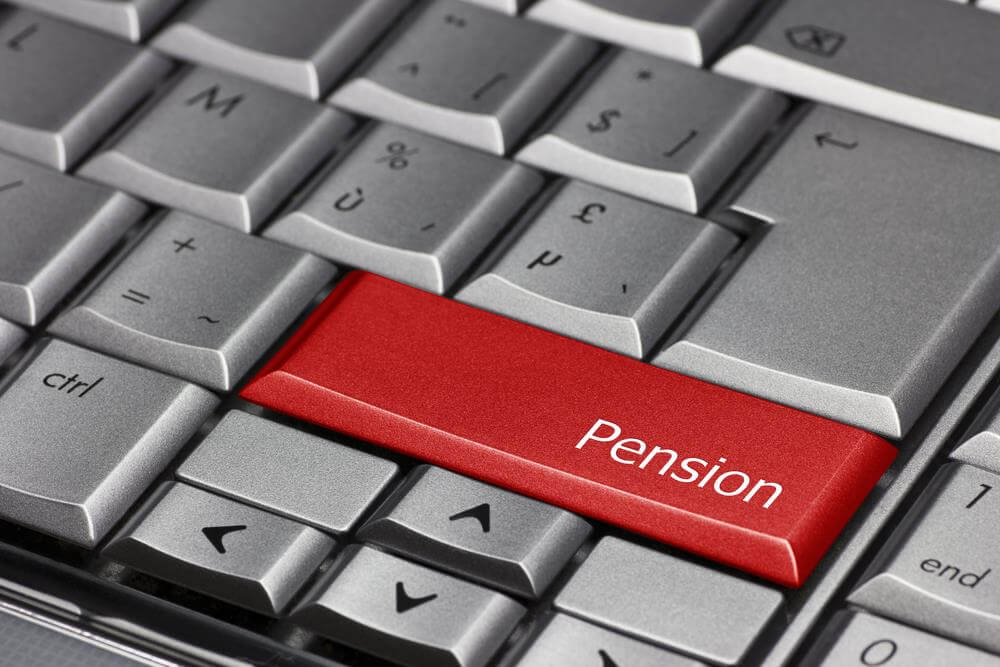
James Stephenson, commercial litigation legal director at Napthens solicitors, talks through the legal options your business can take when seeking payment for outstanding debts.
With the new tax year having just commenced, it’s a good time to review outstanding debts and take proactive steps to try and minimise or limit your business’s exposure to them. This is particularly the case given financial uncertainty in the market coupled with the ever-growing cost of living crisis, increasing costs throughout the supply chain and the consistent rise in registered company insolvencies since the pandemic.
The process for recovering outstanding debts from companies and individuals is initially very similar, but differs later in the process. As always, seeking specialist advice is always recommended but there are several steps you can take now in collecting outstanding debt.
Initial stage
The first port of call is to send your debtor a gentle reminder that they have missed their repayments. Set a timeframe of around seven days for payment to be made. If goodwill can be maintained at this stage, this approach can often help to preserve the business relationship for future opportunities.
If there is no response from the debtor, a more formal request for payment could be sent. It can refer to escalation to formal proceedings or that you will pass on the issue to your solicitors in the near future.
Disputed or undisputed debt?
If there is still no response or payment, you may be left with little option but to pursue matters more formally. A lot depends on whether the debt has been previously disputed by the debtor in any way. If it has, and the dispute is genuine, then you would need to proceed on the basis that it is a disputed debt.
Disputed debts – court proceedings
For disputed debts, court proceedings would need to be initiated to seek a judgment in respect of the outstanding sum along with interest and legal costs. Prior to court proceedings, a formal letter of claim should be sent demanding payment and explaining the consequences to the debtor if payment is not made.
It’s crucial that you seek legal advice at this stage to ensure that a compliant letter of claim is sent to your debtor.
The aim of initiating court proceedings is to either secure a judgment at the end of the proceedings or to achieve a beneficial settlement prior to a trial. If a judgment is obtained, it may not result in payment from your debtor and you would then need to take steps to enforce the judgment. This can vary depending on the debtor’s circumstances and the extent of their assets.
Undisputed debts – statutory demand and insolvency proceedings
For undisputed debts, the approach you take will depend on whether your debt is due from a company or from an individual.
Company debtor
A statutory demand can be served on a company for debts which exceed £750. This is a formal demand for payment prior to winding-up proceedings and allows a debtor three weeks to make payment. If payment is not made then a company is deemed unable to pay its debts as they fall due – being one of the specific grounds on which a winding-up order may be made.
As an alternative, a non-statutory demand letter could be sent giving the company just three days to make payment. If that fails, then a winding-up petition could then be presented.
Just because a statutory demand or a non-statutory demand letter has been issued to the debtor, it does not mean that a winding-up petition must then be presented at court. However, the threat of future winding-up proceedings can often be a useful tool to focus a company’s mind and prioritise their payment rota.
Individual debtors
Where your debtor is an individual, the financial threshold before a statutory demand can be served on them is much higher at £5,000.
As with a company, an unsatisfied statutory demand leads to the assumption that the individual is unable to pay their debts and this can be used as a precursor to presenting a bankruptcy petition. A bankruptcy petition does not have to be presented following a statutory demand and, often, the influence of a statutory demand can lead to repayment or settlement proposals.
Prompt action is essential when recovering debts, particularly where you are concerned that your debtor may have several creditors or a significant level of debt. Each debt is bespoke and each debtor is different so it is wise to involve an expert at the earliest stage to ensure the best chance of recovering anything owed.


























